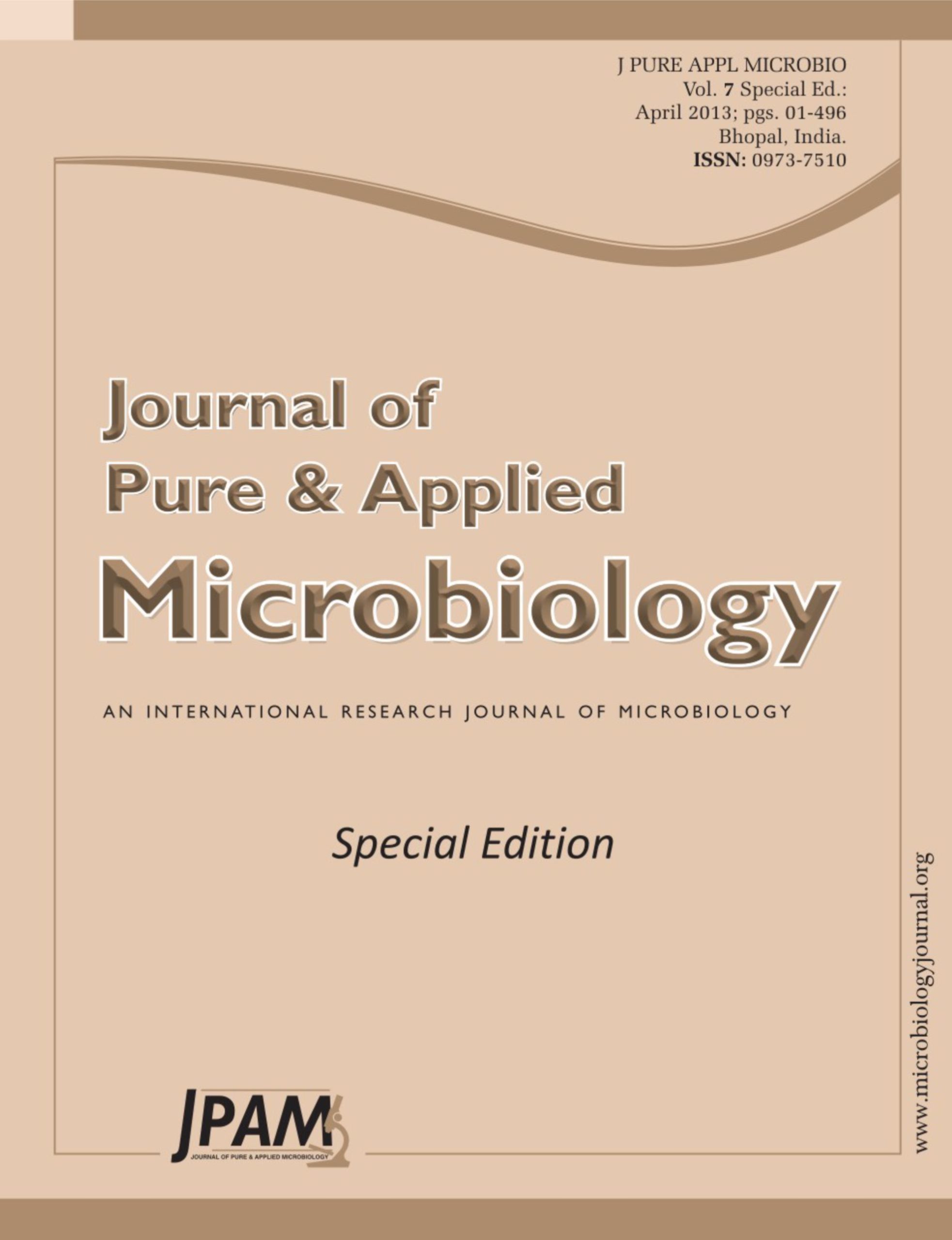The regeneration of amputated limbs of salamanders and newts has been studied for over a century, however, the exact mechanism of regeneration remains unclear. Previous studies have shown that acetylcholine is present in abnormal levels during the process of limb regeneration. It has been demonstrated that ligand-gated ion channels will open in response to acetylcholine activity, inducing significant ion fluxes. These movements of ions in turn generate small electric currents, which have been shown to influence cell behavior. We have found that these events correlate well with the observed regeneration patterns at the tissue, cellular, and intra-cellular levels. Therefore, we hypothesize that endogenous electric currents – otherwise known as bioelectricity – generated by acetylcholine activity, is an essential factor in salamander and newt limb regeneration.
Limb regeneration, Bioelectricity, Acetylcholine, Salamander
© The Author(s) 2013. Open Access. This article is distributed under the terms of the Creative Commons Attribution 4.0 International License which permits unrestricted use, sharing, distribution, and reproduction in any medium, provided you give appropriate credit to the original author(s) and the source, provide a link to the Creative Commons license, and indicate if changes were made.


